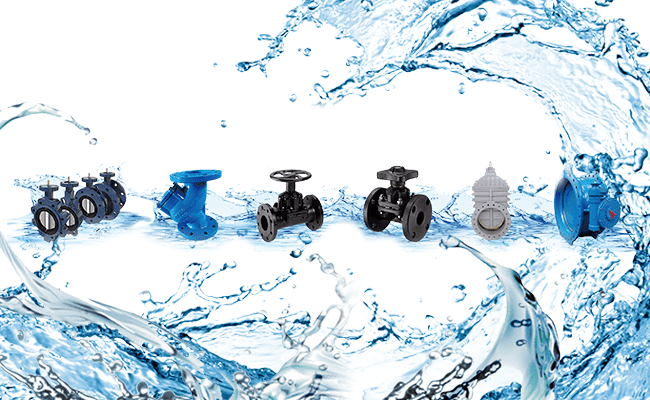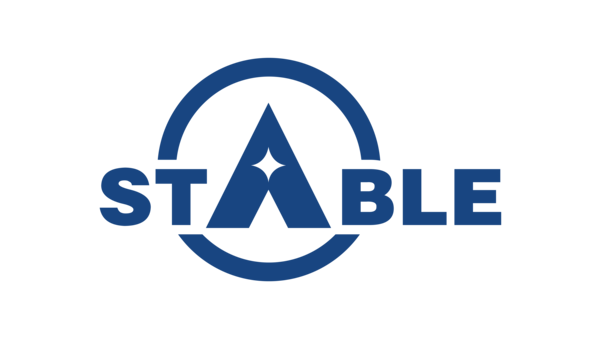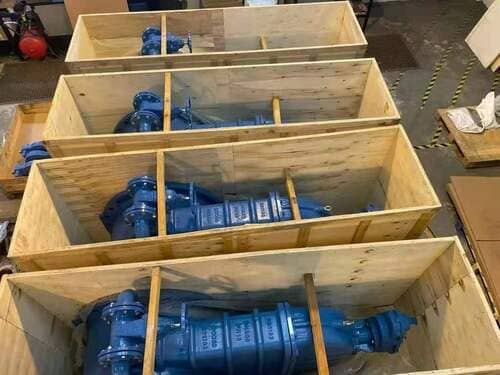According to the purpose and function of the valve, it can be divided into
1.1 Shut-off valves (its role is to connect and cut off the medium in the pipeline, such as ball valves, gate valves, globe valves, butterfly valves and diaphragm valves);
1.2 Regulating valves (its role is to adjust the parameters of the flow and pressure of the medium, such as regulating valves, throttle valves and pressure reducing valves, etc.);
1.3 Check valves (its function is to prevent the medium in the pipeline from flowing back, such as check valves and bottom valves);
1.4 Shunt valves (its function is to distribute, separate or mix the medium in the pipeline, such as distribution valves, traps, etc.);
1.5 Safety valves.
2 According to the driving form, it can be divided into:
2.1 Manual valve;
2.2 Power-driven valves (such as electric valves, pneumatic valves);
2.3 Automatic type (this type does not need to be driven by external force, but uses the energy of the medium itself to make the valve move, such as check valves, safety valves, self-operated pressure reducing valves and traps, etc.).
3 According to the classification of nominal pressure, it can be divided into:
3.1 Vacuum valve (working pressure is lower than standard atmospheric pressure);
3.2 Low pressure valve (nominal pressure is less than or equal to 1.6Mp);
3.3 Medium pressure valve (nominal pressure is 2.5MPA, 4.0MPA, 6.4MPA);
3.4 High pressure valve (nominal pressure 10MPA~80MPA); ultra-high pressure valve (greater than 100MPA).
4 According to the temperature classification, it can be divided into:
4.1 Ultra-low temperature valve (working temperature is lower than -80℃);
4.2 Low temperature valve (working temperature is between -40℃~-80℃);
4.3 Normal temperature valve (working temperature is higher than -40℃, but lower than or equal to 120℃);
4.4 Medium temperature valve (working temperature is higher than 120℃ and lower than 450℃);
4.5 High temperature valve (working temperature is higher than 450℃).
5 Generally, the classification method is based on not only considering the working principle and function, but also considering the valve structure. This is the usual domestic classification method, which can be divided into: gate valve; butterfly valve; stop valve; check valve; plug valve; ball valve; pinch valve; diaphragm Valve; plunger valve and so on.
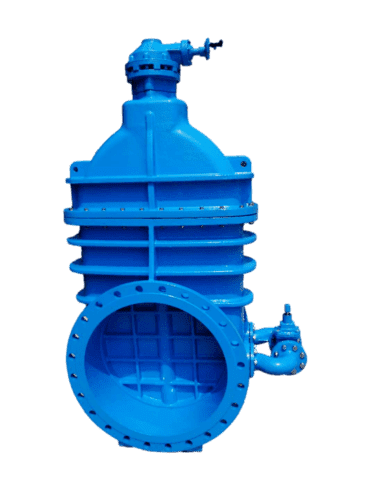
5.1 Gate valve: Gate valve refers to a valve whose closing member (gate) moves along the vertical direction of the channel axis. It is mainly used as a shut-off medium in the pipeline, that is, fully open or fully closed. Generally, the gate valve cannot be used as an adjustment flow. It can be suitable for low temperature pressure or high temperature and high pressure, and can be based on different materials of the valve. However, gate valves are generally not used in pipelines that transport mud and other media.
(1) Advantages:
① Small fluid resistance;
② The torque required for opening and closing is small;
③ It can be used on the ring network pipeline where the medium flows in both directions, that is to say, the flow direction of the medium is not restricted;
④ When fully open, the erosion of the sealing surface by the working medium is smaller than that of the stop valve;
⑤ The body structure is relatively simple, and the manufacturing process is better;
⑥ The structure length is relatively short.
(2) Disadvantages:
① The overall dimensions and opening height are large, and the space required for installation is also large;
② During the opening and closing process, the sealing surface is relatively rubbed, and the abrasion is large, and it is easy to cause abrasion even at high temperature; ③Generally, gate valves have two sealing surfaces, which add some difficulties to processing, grinding and maintenance;
④ Long opening and closing time.
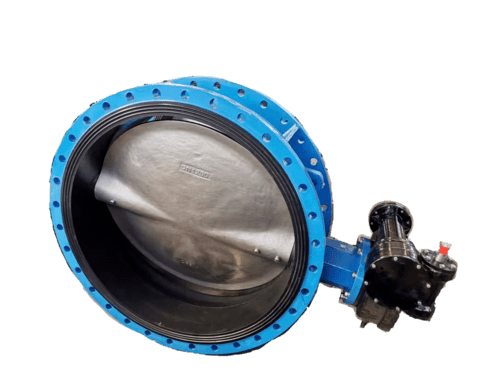
5.2 Butterfly valve: a butterfly valve is a valve that uses a disc-type opening and closing member to reciprocate about 90° to open, close and adjust the fluid channel.
(1) Advantages:
① Simple structure, small size, light weight, saving consumables, do not use in large-diameter valves;
② Rapid opening and closing, low flow resistance;
③ It can be used for media with suspended solid particles, and it can also be used for powder and granular media depending on the strength of the sealing surface. It can be applied to the two-way opening and closing and adjustment of ventilation and dust removal pipelines, and is widely used in gas pipelines and waterways in metallurgy, light industry, electric power, and petrochemical systems.
(2) Disadvantages:
① The flow rate adjustment range is not large. When the opening reaches 30%, the flow rate will enter more than 95%.
② Due to the limitation of the structure of the butterfly valve and the sealing material, it is not suitable to be used in the high temperature and high pressure piping system. The general working temperature is below 300℃ and below PN40.
③ The sealing performance is poorer than that of ball valves and globe valves, so it is used in places where the sealing requirements are not very high.
5.3 Ball valve: evolved from the plug valve, its opening and closing part is a sphere, which uses the sphere to rotate 90° around the axis of the valve stem to achieve the purpose of opening and closing. The ball valve is mainly used to cut off, distribute and change the direction of the medium flow in the pipeline. The ball valve designed as a V-shaped opening also has a good flow adjustment function.
(1) Advantages:
① Has the lowest flow resistance (actually 0);
② Because it will not get stuck during work (when there is no lubricant), it can be reliably used in corrosive media and low-boiling liquids; ③ It can be completely sealed in a larger pressure and temperature range;
④ Fast opening and closing can be realized, and the opening and closing time of some structures is only 0.05~0.1s to ensure that it can be used in the automation system of the test bench. When opening and closing the valve quickly, there is no shock in operation.
⑤ The spherical closing piece can be automatically positioned at the boundary position;
⑥ The working medium is reliably sealed on both sides;
⑦ When fully open and fully closed, the sealing surface of the ball and the valve seat is isolated from the medium, so the medium passing through the valve at high speed will not cause erosion of the sealing surface;
⑧ Compact structure and light weight, it can be considered as the most reasonable valve structure for cryogenic medium system;
⑨ The valve body is symmetrical, especially the welded valve body structure, which can well withstand the stress from the pipeline;
⑩ The closing piece can withstand the high pressure difference when it is closed.
⑾ The ball valve with fully welded body can be directly buried in the ground, so that the internal parts of the valve are not corroded, and the maximum service life can reach 30 years. It is the most ideal valve for oil and natural gas pipelines.
(2) Disadvantages:
① Because the main seat sealing ring material of the ball valve is polytetrafluoroethylene, it is inert to almost all chemical substances, and has a small friction coefficient, stable performance, not easy to age, wide temperature application range and excellent sealing performance The comprehensive characteristics. However, the physical properties of PTFE, including high expansion coefficient, sensitivity to cold flow and poor thermal conductivity, require the design of valve seat seals to focus on these characteristics. Therefore, when the sealing material becomes hard, the reliability of the seal is impaired. Moreover, PTFE has a low temperature resistance rating and can only be used at less than 180°C. Above this temperature, the sealing material will deteriorate. In the case of long-term use, it will generally only be used at 120°C.
② Its adjustment performance is worse than that of the globe valve, especially the pneumatic valve (or electric valve).
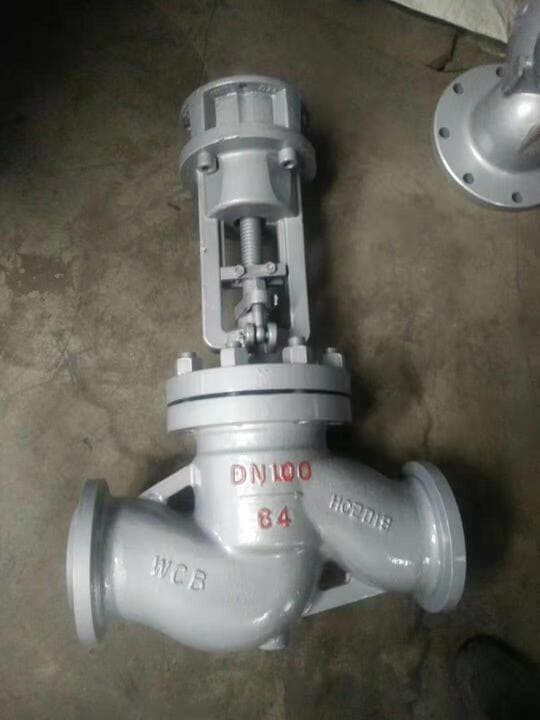
5.4 Globe valve: refers to the valve whose closing part (disc) moves along the center line of the valve seat. According to this movement form of the valve disc, the change of the valve seat port is proportional to the valve disc stroke. Because the opening or closing stroke of the valve stem of this kind of valve is relatively short, and it has a very reliable shut-off function, and because the change of the valve seat port is in a direct proportional relationship with the stroke of the valve disc, it is very suitable for flow adjustment. Therefore, this type of valve is very suitable for cutting off or regulating and throttling.
(1) Advantages:
① During the opening and closing process, the friction between the valve clack and the sealing surface of the valve body is smaller than that of the gate valve, so it is wear-resistant.
② The opening height is generally only 1/4 of the valve seat passage, so it is much smaller than the gate valve;
③ Usually there is only one sealing surface on the valve body and disc, so the manufacturing process is better and it is easy to maintain.
④ Since the filler is generally a mixture of asbestos and graphite, the temperature resistance level is higher. Generally steam valves use globe valves.
(2) Disadvantages:
① Since the flow direction of the medium through the valve has changed, the minimum flow resistance of the stop valve is also higher than that of most other types of valves;
② Due to the long stroke, the opening speed is slower than that of the ball valve.
5.5 Plug valve: refers to a rotary valve with a plunger-shaped closing part. The passage port on the valve plug is communicated with or separated from the passage port on the valve body through a 90° rotation to realize opening or closing. The shape of the valve plug can be cylindrical or conical. The principle is basically similar to that of the ball valve. The ball valve is developed on the basis of the plug valve. It is mainly used for oilfield exploitation, but also for petrochemical industry.
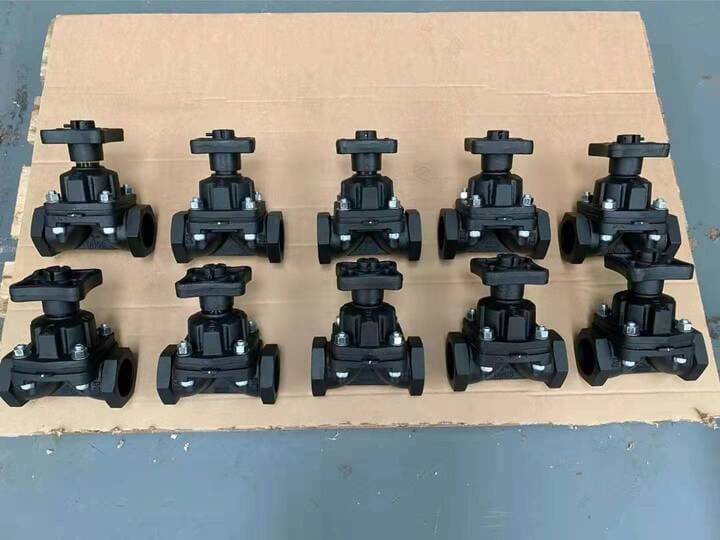
5.6 Diaphragm valve: refers to a flexible membrane or combined diaphragm installed in the valve body and bonnet, and the closing part is a compression device connected with the diaphragm. The valve seat can be a weir shape or a straight through type.
(1) Advantages:
① The control mechanism is separated from the medium passage, which not only ensures the purity of the working medium, but also prevents the possibility of the medium in the pipeline from impacting the working parts of the control mechanism. There is no need to adopt any form of separate seal at the valve stem, unless it is controlling harmful media Used as this safety facility;
② Since the working medium is only in contact with the diaphragm and the valve body, both of which can use a variety of different materials, the valve can ideally control a variety of working media, especially suitable for media with chemical corrosion or suspended particles.
③ Simple structure, only composed of three parts: valve body, diaphragm and bonnet assembly. The valve is easy to quickly disassemble and repair, and the replacement of the diaphragm can be completed on site and in a short time.
(2) Disadvantages:
① Due to the valve body lining process and diaphragm manufacturing process and restrictions, larger valve body lining and larger diaphragm manufacturing process are difficult, so the diaphragm is not suitable for larger pipe diameters, generally used in DN≤200mm On the pipeline.
② Due to the limitation of diaphragm material, diaphragm valve is suitable for low pressure and low temperature occasions. Generally, it does not exceed 180°C; ③ The adjustment performance is relatively poor, and it can only be adjusted in a small range (usually it can be used for flow adjustment when it is closed to 2/3 opening).
5.7 Safety valve: refers to the pressure vessel, equipment or pipeline as an overpressure protection device. When the pressure in the equipment, container or pipeline rises above the allowable value, the valve will automatically open, and then the full amount will be discharged to prevent the equipment, container or pipeline and the pressure from continuing to rise; when the pressure drops to the specified value, the valve should automatically Close in time to protect the safe operation of equipment, containers or pipelines.
5.8 Steam trap: Some condensed water will be formed in the medium of conveying steam, compressed air, etc. In order to ensure the working efficiency and safe operation of the device, these useless and harmful media should be discharged in time to ensure the consumption and use of the device . It has the following functions:
① Can quickly remove the condensed water produced;
② Prevent steam leakage;
③ Exclude air and other non-condensable gases.
5.9 Pressure reducing valve: It is a valve that reduces the inlet pressure to a certain required outlet pressure through adjustment, and relies on the energy of the medium itself to automatically maintain a stable outlet pressure.
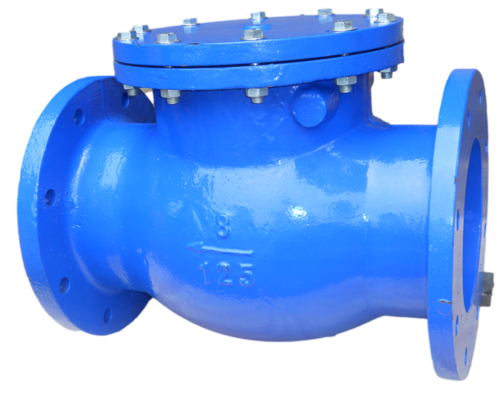
5.10 Check valve: also known as reverse flow valve, check valve, back pressure valve and one-way valve. These valves are automatically opened and closed by the force generated by the flow of the medium in the pipeline, and belong to an automatic valve. The check valve is used in the piping system, and its main function is to prevent the medium from flowing back, prevent the pump and the drive motor from reversing, and to discharge the container medium. Check valves can also be used to supply pipelines where the pressure of the auxiliary system may rise above the system pressure. Mainly can be divided into swing type (rotating according to the center of gravity) and lifting type (moving along the axis).
